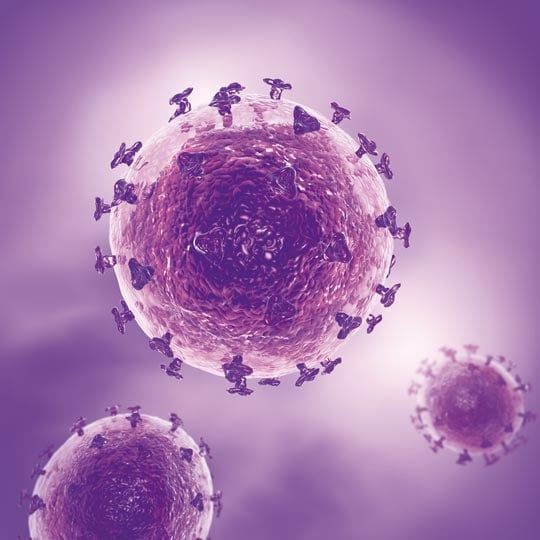Modes of Transmission

Human immunodeficiency virus (HIV) is classified in two subtypes. It belongs to the family of Retroviridae and is enveloped. The envelope is studded with spikes.
HIV is the pathogen of AIDS (acquired immune deficiency syndrome). The viruses spread in the body and infect cells that, in the course of the disease, are destroyed by the cytopathogenic viruses. The resulting weakened immunity causes diseases such as fungal infections, tumours, or neurological disorders.
HIV has spread around the world and led to an AIDS pandemic. Central Africa is particularly affected with more than 25 million infected. Current data indicate that 11 000 people are infected by HIV around the globe every day.
The main transmission path is via blood and tissue respectively.
» Necessary spectrum of antimicrobial activity
Virucidal against enveloped viruses
